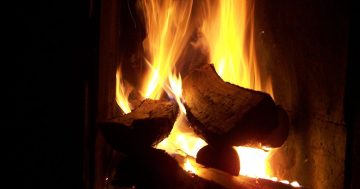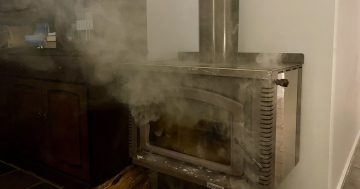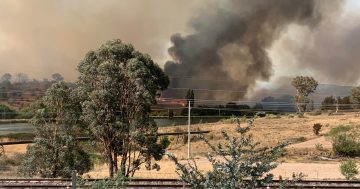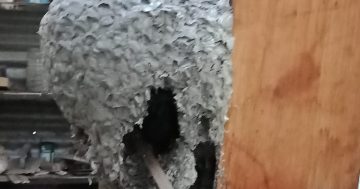I’m looking to get together a Canberra-based buying group for wood pellet heaters.
If you are unfamiliar with wood pellet stoves, they are the most sustainable way to actively heat a home. They are fueled by wood pellets made from waste sawdust from sawmills, sawdust that would otherwise simply be burned at the site. These are not your grandfather’s slow combustion wood stove – these stoves are far more efficient, and because they burn at a very high temperature, there are almost no particulate emissions. They are common in Europe, with their strict pollution standards. They are easy to use with push-button ignition, once per year cleaning and computer-controlled thermostat. Some can be fitted with water heating or ducting options. And unlike traditional wood stoves, these look very stylish. Check out the websites for Ecoteck, Ravelli and Thermorossi.
The Canberra buying group would put in a large order with an Italian manufacturer, possibly get a group discount, certainly get a shipping discount and a large local group ensures a local market for yearly pellet deliveries from an Australian pellet manufacturer.
The plan would be to have them delivered by early next year, for use by next winter.




















